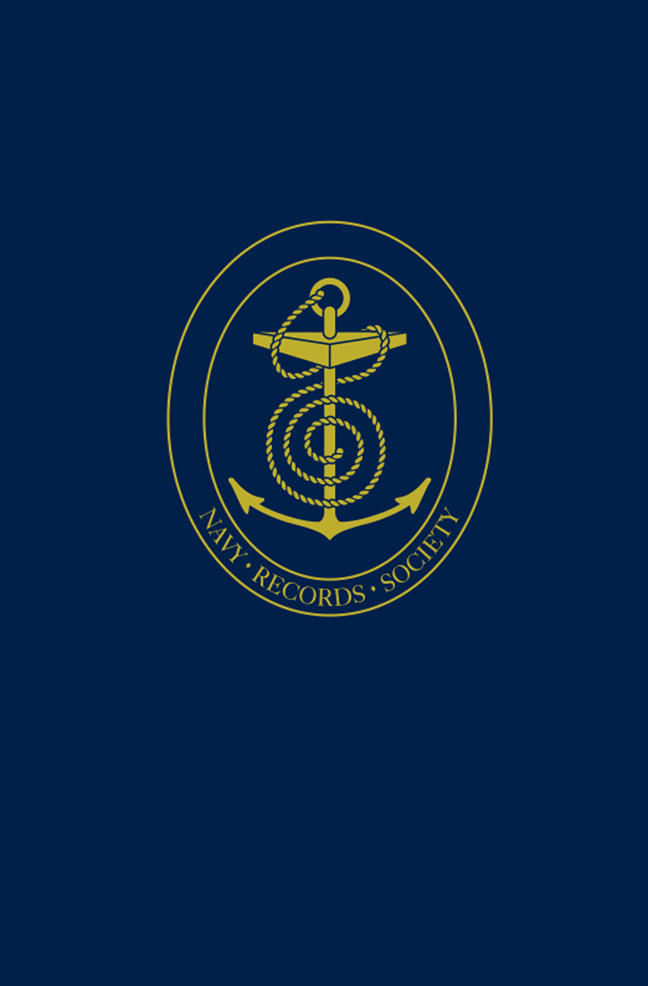 The Cunningham Papers
The Cunningham Papers Book contents
- Frontmatter
- Dedication
- Contents
- Miscellaneous Frontmatter
- List of Maps and Illustrations
- Preface
- Acknowledgements
- Glossary of Abbreviations
- Chronology of the Life and Career of Admiral of the Fleet Viscount Cunningham of Hyndhope
- A Brief Bibliography
- Part I The British Admiralty Delegation, Washington, D.C., March to September 1942
- Part II Return to the Mediterranean
- Part III First Sea Lord
- List of Documents and Sources
- Index
- Miscellaneous Endmatter
- Frontmatter
- Dedication
- Contents
- Miscellaneous Frontmatter
- List of Maps and Illustrations
- Preface
- Acknowledgements
- Glossary of Abbreviations
- Chronology of the Life and Career of Admiral of the Fleet Viscount Cunningham of Hyndhope
- A Brief Bibliography
- Part I The British Admiralty Delegation, Washington, D.C., March to September 1942
- Part II Return to the Mediterranean
- Part III First Sea Lord
- List of Documents and Sources
- Index
- Miscellaneous Endmatter
Summary
Admiral Sir Andrew Cunningham had gained a formidable reputation during his command of the Mediterranean Fleet between June 1939 and March 1942; he had become known as a ‘fighting sailor’ as a consequence of his fleet's triumphs at Taranto and Matapan and its courageous and grim fight against the Italian fleet and air force and the Luftwaffe and U-boats in the latter part of his command. As a result, Cunningham remarked early in 1942, ‘there is now no fleet to go to sea in’. The deeds of Cunningham and the Mediterranean Fleet during this stirring time are dealt with in volume I of these papers.
Following America's entry into the war, there was a necessity for the Royal Navy to strengthen co-operation with the United States Navy. To achieve this, the First Sea Lord, Admiral of the Fleet Sir Dudley Pound, turned to Cunningham, believing his great prestige and experience of combat conditions as a commander in a ferocious war zone would carry great weight with the Americans. Cunningham's brief term as head of the British Admiralty Delegation in Washington was to endear him to the Americans, so much so that they proposed him as Allied Naval Commander of the Expeditionary Force which was to invade North Africa in November 1942. The ‘Torch’ expedition was the start of almost two years of landings in the Mediterranean, embracing ‘Husky’ (the invasion of Sicily) in July 1943 and the ‘Baytown’ and ‘Avalanche’ landings in Italy in September 1943. His role as ANCXF was abruptly terminated in October 1943, when he was summoned to replace the dying Pound as First Sea Lord.
Cunningham was First Sea Lord from October 1943 to his retirement from active service in June 1946. In that time he presided over the invasion of Normandy (‘Neptune/Overlord’), operations in the Mediterranean, the sinking of the Scharnhorst and Tirpitz, the defeat of a late surge of U-boat activity, the British Pacific Fleet, and the problems of manpower, the futures of the Royal Marines and the Fleet Air Arm, and the conversion of the Royal Navy from its swollen wartime strength to a much-reduced peacetime cadre.
- Type
- Chapter
- Information
- The Cunningham PapersSelections from the private and official Correspondence of Admiral of the Fleet Viscount Cunningham of Hyndhope, O.M., K.T., G.C.B., D.S.O. and two bars. Volume II: The Triumph of Allied Sea Power, 1942–1946, pp. xiii - xviPublisher: Boydell & BrewerFirst published in: 2024
